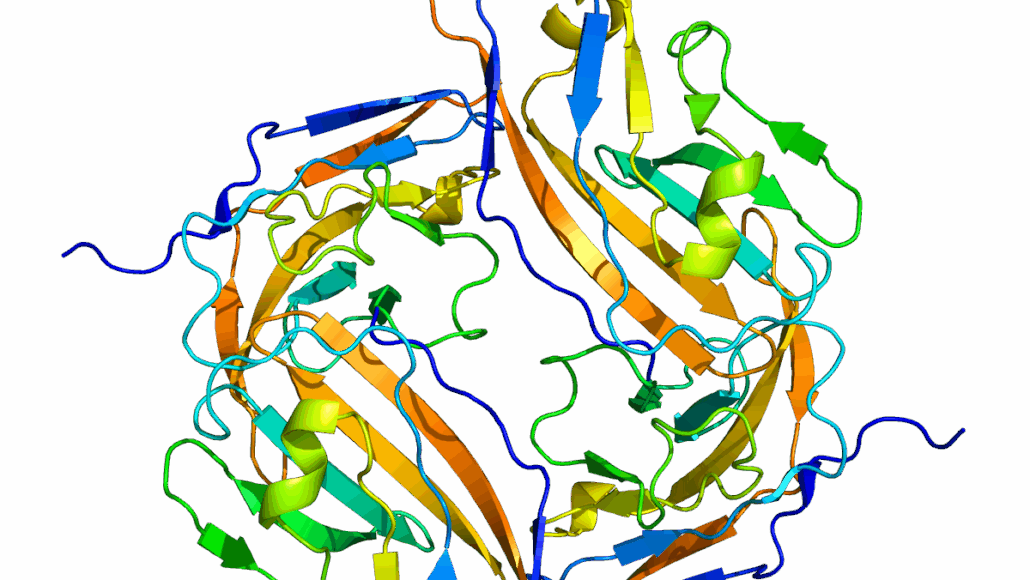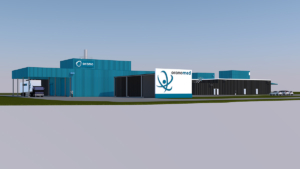
Electra Therapeutics raises US$183m in Series C financing
California-based biotech Electra Therapeutics Inc has secured US$183m in Series C financing. The investment comes from a consortium of four European investors and Mubadala Capital. Contrary to some reports, more SIRPα modulators exist than the investors initially indicated.
Elektra Therapeutic’s US$186m Series C round was led by EQT Life Sciences (Amsterdam) and Zurich Next Invest Ltd. Other participants include Sanofi (Paris), HBM Healthcare Investments (Switzerland), and Mubadala Capital (Abu Dhabi, UAE). Existing investors, such as OrbiMed, Redmile Group, New Leaf Venture Partners, Westlake BioPartners, Cormorant Asset Management, Blue Owl Capital, and RA Capital Management, also participated.
Funds will support the clinical development of ELA026. After completing a Phase 1b study, ELA026 will advance into a Phase II/III registration trial. Although the drug is first-in-class, this refers to its indication, not the drug target. ELA026 is being developed as a first-line treatment for secondary haemophagocytic lymphohistiocytosis (sHLH). sHLH is a hyperinflammatory condition with high mortality and few treatment options. Later, ELA026 will be studied in haematologic cancers, similar to competitors’ approaches. Electra’s second pipeline programme, ELA822, will advance in the field of immunology and inflammation.
SIRPα as a target
ELA026 is a monoclonal antibody that binds SIRPα on myeloid cells and T lymphocytes. Binding leads to depletion of these cells, which is beneficial in conditions like HLH, where excessive immune activation causes tissue damage. Electra has advanced novel therapies targeting the SIRP family of cell surface receptors. These therapies selectively eliminate pathological immune cells.
In a Phase 1b study, first-line treatment with ELA026 in malignancy-associated HLH achieved 100% overall survival after eight weeks, compared with approximately 50% in historical data with available therapies.
Other SIRPα-modulators in development
Chinese researchers at Shenzhen University are developing SMC18, a small molecule that binds both SIRPα and PD-L1. It disrupts the CD47/SIRPα interaction, restoring macrophage phagocytosis, and blocks PD-1/PD-L1, activating T cells. This dual inhibition boosts immune responses and shows promise for cancer immunotherapy.
Three SIRPα-Fc fusion proteins (SIRPabodies) are also in development for oncology:
- HCB101 (HanchorBio) – Blocks CD47/SIRPα, enhancing macrophage phagocytosis while reducing red blood cell binding to minimise anaemia. Currently in Phase I clinical trials for solid and haematologic tumours.
- BI 770371 (Boehringer Ingelheim / OSE Immunotherapeutics) – A SIRPα-Fc fusion protein claiming first-in-class status. Clinical development is ongoing.
- SL-172154 (Shattuck Labs) – A bispecific SIRPα-Fc-CD40L fusion protein that blocks CD47/SIRPα while activating CD40, boosting anti-tumour immunity.
Mechanism of action
Normally, CD47 on cells binds SIRPα on myeloid cells, sending a “don’t eat me” signal that inhibits phagocytosis. Therapies targeting SIRPα or CD47 disrupt this signal. This enhances immune cell activation and phagocytosis. The approach is relevant for diseases with pathological myeloid and T cell accumulation.
Clinical implications
SIRPα-targeting therapies have strong potential in HLH, certain cancers, and other immune disorders. By selectively depleting pathological immune cells, they aim to restore immune homeostasis and improve patient outcomes.


 Orano Med SA
Orano Med SA EIB, Oscar Romano
EIB, Oscar Romano adobe stock photos - Miha Creative
adobe stock photos - Miha Creative